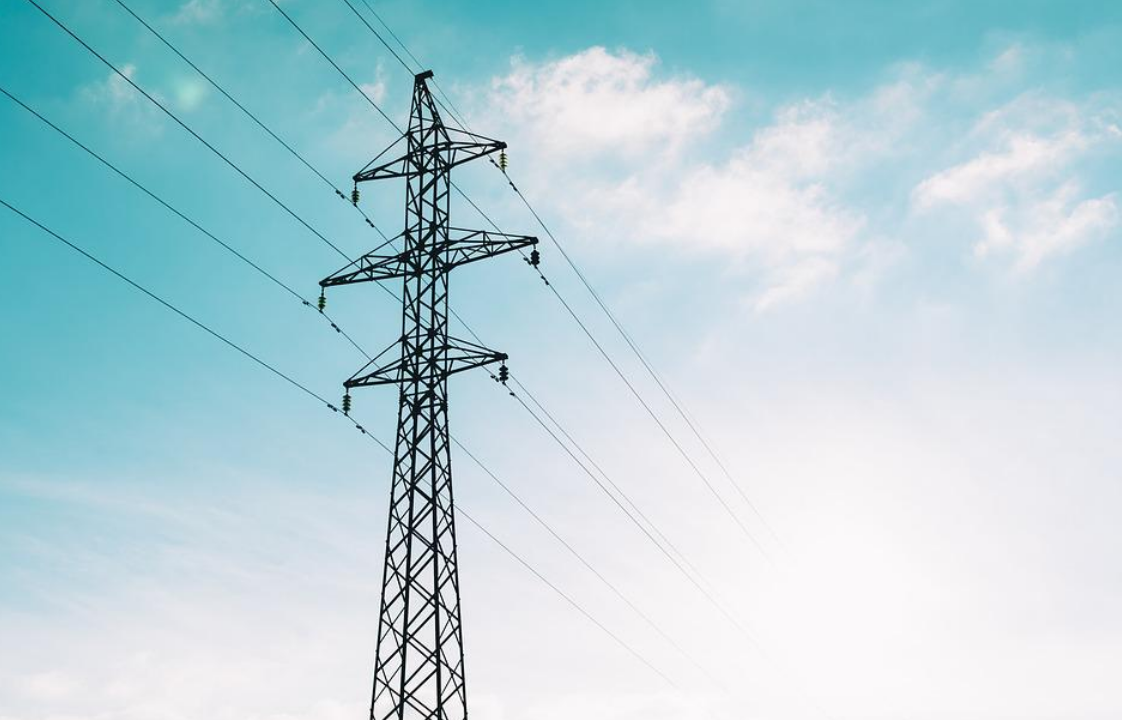In a new series of articles on Agriland, agricultural consultant, Philip Farrelly explores the Compulsory Purchase Order (CPO) deals on offer and outlines just exactly what rights the landowner has, and what compensation he/she is entitled to.
Over recent years, there has been an explosion in the number of state sponsored infrastructure projects being built through, over or under agriculture land.
These range from roads to cycleways and walk-ways, gas pipelines, new waterlines, or sewer lines, and recently an ever-increasing number of overhead power cables.
In many cases, farmers, and other landowners, are being encouraged to accept a voluntary scheme of compensation by the promoters of these projects.
Many of these deals are being sold by the promoters as ‘too good to miss’.
Recently, many farmers are asking a simple question – is this the best option or perhaps is it a case of ‘when it looks too good to be true, then it is not true’?
What is a Compulsory Purchase Order (CPO)?
A CPO describes the legal mechanism that grants the government or authorised bodies the power to acquire privately-owned land for public purposes.
The rules date back all the way to 1845 Lands Clauses Consolidation Acts of parliament as adopted into Irish law and subsequently amended.
Many state bodies including local authorities, Bord Gáis, Uisce Éirann, CIE and the ESB have been given powers of compulsory purchase in order to allow them proceed with public projects which are deemed necessary for the public good.
Such works include new roads, railways, sewers, waterworks, and power lines.
While the acquisition of land through a CPO may be necessary for the development of infrastructure projects, it is intended that affected landowners are fairly compensated for the loss or damage to their property and any other associated losses.
Applying for a CPO
Prior to being granted the right to acquire land under compulsory purchase, the acquiring authority must go through a rigorous application procedure and submit a Compulsory Purchase draft Order Application to an Bord Pleanála.
This will normally involve the preparation of: An Environmental Impact Assessment (EIA) Report; Appropriate Assessment (AA) Screening Report; Natura Impact Statement (NIS); plan of the proposed works; CPO schedule indicating the identity of the owners and occupiers of lands described in the plans; identification of the extent of the lands required for the project.
The authority must demonstrate the need for the proposed project and land acquisition.
Furthermore, it is required to demonstrate that it has examined all alternatives, such as other technologies, or in the case of roads, alternative routes.
It is also required to carry out detailed public consultation and take the views of the public and affected landowners into account. In most cases the proposals will be subject to a public inquiry held under the auspices of An Bord Pleanála.
Having considered the application, An Bord Pleanála will either make the order, refuse it or more likely make amendments and issue the order.
Next steps
When the order is made, the acquiring authority is required to publish details in local papers and unless there is an application for judicial review within eight weeks, the order becomes operative.
From the date the acquiring authority is granted a compulsory purchase order, it has a period of 18 months to issue the affected landowners with a formal document, known as a Notice to Treat.
The notice to treat is how the acquiring authority indicates its intention to proceed with the acquisition and that it is willing to negotiate for the purchase.
The notice to treat document, and the date it is served on the landowner are of crucial importance.
Firstly, the notice confers the right on the acquiring authority to issue a Notice of Entry, and 14 days later, enter onto the lands and take possession regardless of the fact that no value or compensation has been agreed or paid.
Secondly, the date of the notice is the official date of valuation for the market value of land for the purposes of assessing compensation.
This can be very significant because negotiations can drag on for years with the consequent changes in the value of land and nonetheless, compensation will be based on the value at the date on which the notice issued.
Series
In the next article in this series, Philip Farrelly will delve into exactly how compensation is calculated.
Over the past 20 years Philip has acquired an intimate knowledge of the system, and how it works from both sides of the fence.
Acting in some cases for the landowners, and sometimes for the acquiring authority, he has been involved in assessing the compensation entitlements in close to €1 billion worth compulsory purchase land deals.
